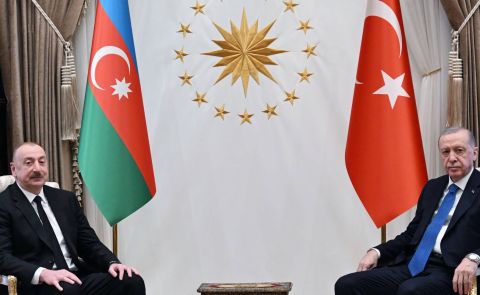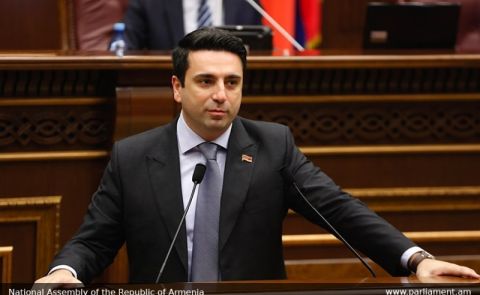
Kazakhstan's Investigation Suggests External Interference in AZAL Plane Crash
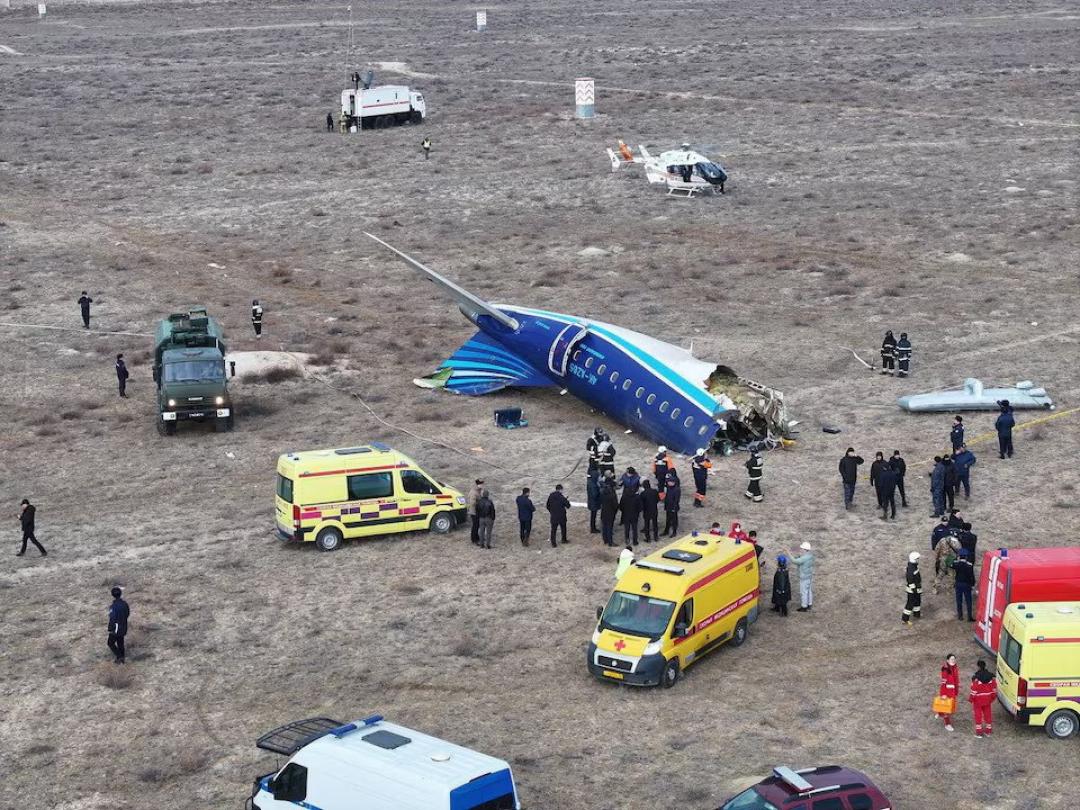
On February 4, Kazakhstan’s Transport Ministry published a preliminary report on the investigation into the aviation incident involving an Embraer-190 aircraft of Azerbaijan Airlines (AZAL).
The investigation commission continued examining the aircraft’s structural damage. The initial inspection of the preserved fragments revealed multiple through and non-through damages of various sizes and shapes in the tail section of the fuselage, vertical and horizontal stabilizers, elevator, and rudder. Similar damage was found on the left engine, left wing, and other components. Some damages had a regular rectangular shape. Experts noted that the through damages indicated the penetration of external objects into the aircraft structure.
In the presence of authorized representatives from Brazil, Azerbaijan, and Kazakhstan’s law enforcement agencies, investigators extracted numerous foreign objects from the aircraft’s non-through damages for further forensic examination.
Following international aviation regulations under Annex 13 of the 1944 Chicago Convention, Kazakhstan, as the state of occurrence, initiated the investigation to determine the objective causes of the accident rather than assigning blame. Azerbaijan, as the aircraft’s state of registry and operator, participated in all investigative stages, including site inspections, data retrieval from the aircraft’s Cockpit Voice Recorder (CVR) and Flight Data Recorder (FDR) at Brazil’s Aviation Accidents Investigation and Prevention Center (CENIPA), and collection of additional evidence.
The preliminary report confirmed several key findings:
- The aircraft was fully airworthy at the time of departure and during its flight to Grozny.
- Both engines remained operational until the accident.
- The aircraft lost GPS signals in Russian airspace and over Grozny Airport.
- Due to adverse weather, the crew unsuccessfully attempted to land in Grozny twice before deciding to return to Baku. During this time, the CVR recorded two external noises, 24 seconds apart, over Grozny.
- Four seconds after the first external noise, the third hydraulic system failed, followed by failures of the first and second hydraulic systems within the next 21 seconds.
- Multiple through and blind damages were found on the aircraft’s fuselage, especially in the rear section, vertical and horizontal stabilizers, left wing, and left engine.
- The fuselage damages resulted from foreign objects, with no evidence of bird strikes.
- Foreign objects not belonging to the aircraft structure were discovered in the wreckage, with images included in the preliminary report. Additional expert analysis is planned to determine their origin.
- At 05:13:32, the aircraft lost primary flight controls, and at 05:21:42, Grozny ATC received information about the "Kovyor" special operation.
- No evidence was found of an explosion involving the aircraft’s oxygen cylinders.
The crash site examination revealed that the aircraft broke into multiple pieces after impact. The central and front fuselage, lower cockpit, and right wing were destroyed in the subsequent fire. The cockpit’s upper section, which retained its instrument panel and windshields, was found detached. The rear fuselage, including the tail section, was located separately from the main wreckage. The left wing remained at the fire site, partially preserved.
According to preliminary assessments, the aircraft crashed due to physical external interference in Russian airspace over Grozny. The investigation commission is continuing a detailed examination of the structural damage.
Under ICAO regulations, Kazakhstan is required to submit an initial factual report to ICAO and relevant parties within 30 days. A final report determining the accident’s causes is expected within one year, with Azerbaijan and other involved states participating in its preparation.
See Also

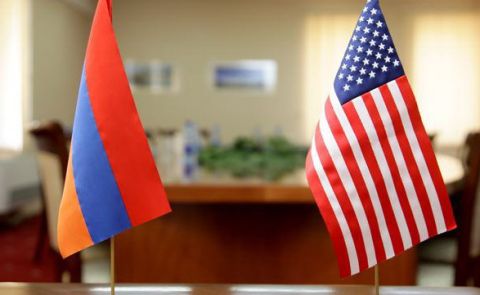
Mirzoyan Meets US Deputy Assistant Secretary Joshua Huck
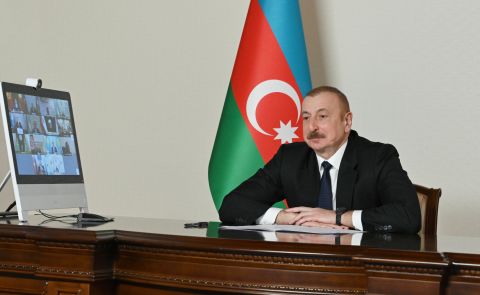
Azerbaijani President Holds Talks with UAE and German Business Delegations on Economic Cooperation
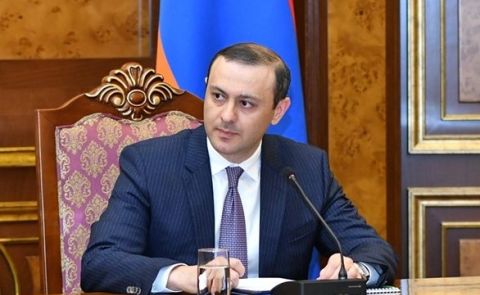
Grigoryan Confirms Armenia’s Readiness to Dissolve OSCE Minsk Group Upon Peace Treaty Signing
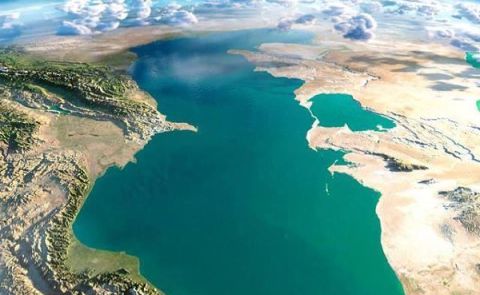
Azerbaijani Official Warns of Ecological Risks to Caspian Sea, Similar to Lake Urmia and Aral Sea
